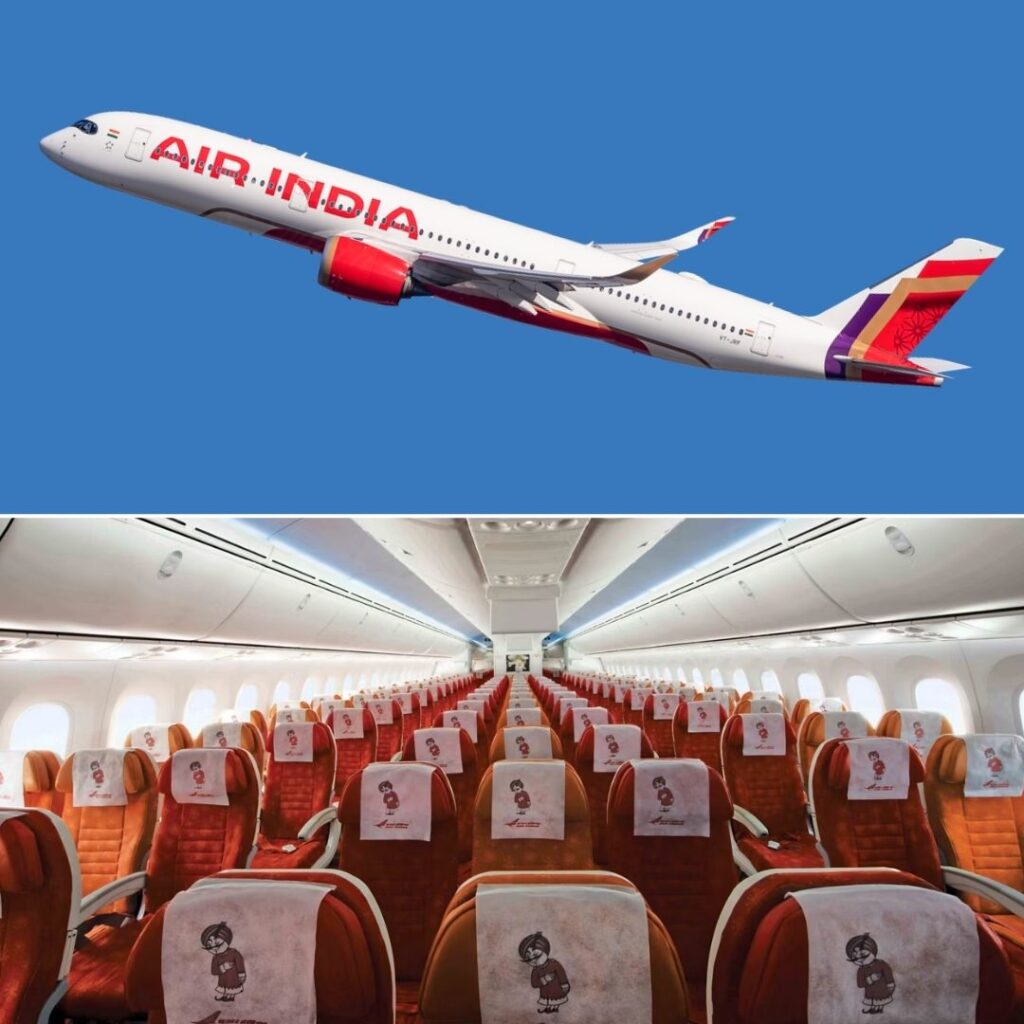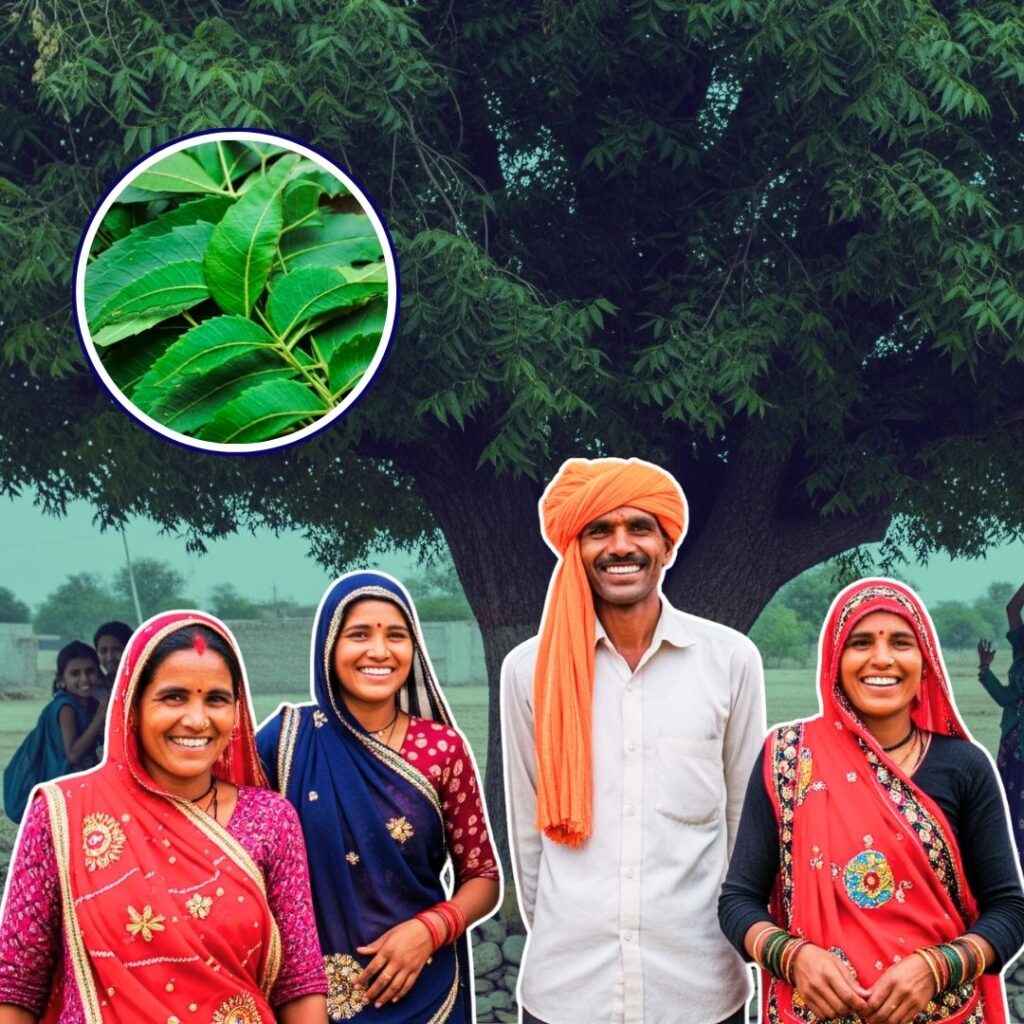Everyone is familiar with Bandhan Bankâs founder and managing director Chandra Shekhar Ghoshâs story of rising from rags to riches, but with the Rs 4,473 crore Bandhan Bank (Initial Public Offering) IPO story is yet to unfold.
Some 3,000 people own shares through a trust worth Rs 6,710 crore. They own 14.61% in Bandhan Financial Services Ltd (BFSL), the ultimate holding company, which, in turn, holds around 82.28% of the bankâs post-issue equity capital. Another small group of some 40 employees separately own 3.39% in BFSL.
Paltry investment, Significant Return
With the IPO of Rs 4,473 crores, thousands of people from humble backgrounds have turned into paper-millionaires overnight. These people can cash their investments and take home the windfall, reported Livemint. It added that these men secretly confessed that the wealth they acquired is unreal. These are the people who trusted Ghosh with their savings and invested in Bandhan, which started as a micro-financing company in 2001 and now is Indiaâs eight most valuable bank by market capitalisation.
Some 30 employees, including Ghosh himself, came together and ploughed their savings into the operations of Bandhan in its early days, recalls Ghosh. âWhen (in 2009) I was forming the NBFC (non-banking financial company), who would trust me to provide capital?â he asks. So employees came together and contributed small sums of moneyâRs 10,000-20,000 each, reported Livemint.
When other employees together came and decided to invest, Ghosh asked them to form the Bandhan Employees Welfare Trust. If those who invested in the bank indirectly through the trust wish to cash out, they must sell within the trust following an established arrangement, says Ghosh.
Since Bandhan started as a microfinance company seeking to empower poverty-stricken people, his employees also come from humble backgrounds. He believed that people who have experienced poverty should work for the underprivileged. âPay wasnât great, not surprisingly, but all those people who had confidence in him have today been hugely rewarded,â says an employee. The employee continued that all the people who invested the money could not imagine such a huge return.
âI have always tried to reward employees to the best of my ability,â says Ghosh. The bank is currently valued at Rs 55,859 crore by its share price.











